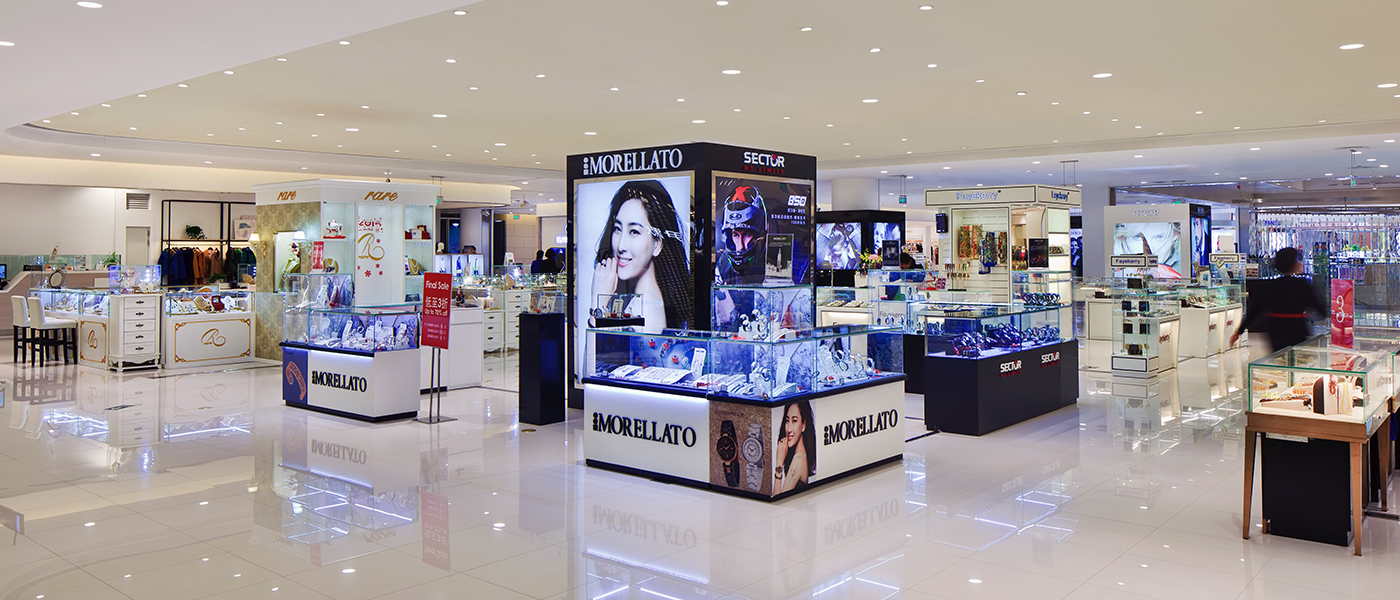According to the Chinese Luxury Direct Retail Tracking released Thursday by The NPD Group Inc., almost two-thirds of global growth in luxury in 2020 is attributable to the Chinese market. About $9.83 billion of the worldwide $12.29 billion luxury spending came from mainland China, the report said.
Luxury brands are focusing more on China consumers due to the region’s faster recovery from COVID-19. As international travel restrictions continue, Chinese shoppers, always key to global luxury, moved their spending to mainland China. Chinese consumer spend on personal luxury internationally dropped by 26 percent, while Chinese luxury transaction value in mainland China reached 80 percent of global sales in 2020, an increase of 43 percent year over year.
COVID-19’s greatest impact in China occurred in February 2020, with transaction value dropping by 79 percent. By April 2020, the market began reporting double-digit growth for every month following throughout the year. “In 2020, China’s GDP grew 2.3 percent; it was the only one of the world’s major economies that registered growth. China’s GDP per capita reached $10,000-plus in 2019; 2020’s data release confirmed its steadiness,” said Stanley Kee, Managing Director APAC, The NPD Group. “These numbers indicate great potential for a total consumer spending increase in a society where consumers demand more, better, and newer goods in general. There has never been a year when luxury companies have placed such a focus on China’s market as they did in 2020. The world is predicting this focus will increase and strengthen.”
Luxury brands seized upon the data as they increases the exposure to the luxury goods market in China. Products of renowned craftsmanship and the return on investment, such as high value watches and jewelry led the way as luxury conglomerates led the growth with the top five luxury brands recording $5.1 billion in sales for 52 percent of the total value sales in mainland China.
Duty-free was negatively impacted by the lack of travel with spending dropping in Hong Kong, Macau, and Taiwan. China’s policy of support for duty-free development led to the government turning Hainan Island into a strategic destination for travel retail as part of the “Hainan Trade Free Port” plan. Sales grew by 66 percent in 2020 over 2019 at Haitang Bay in Hainan, the world’s largest standalone duty-free shopping complex.




